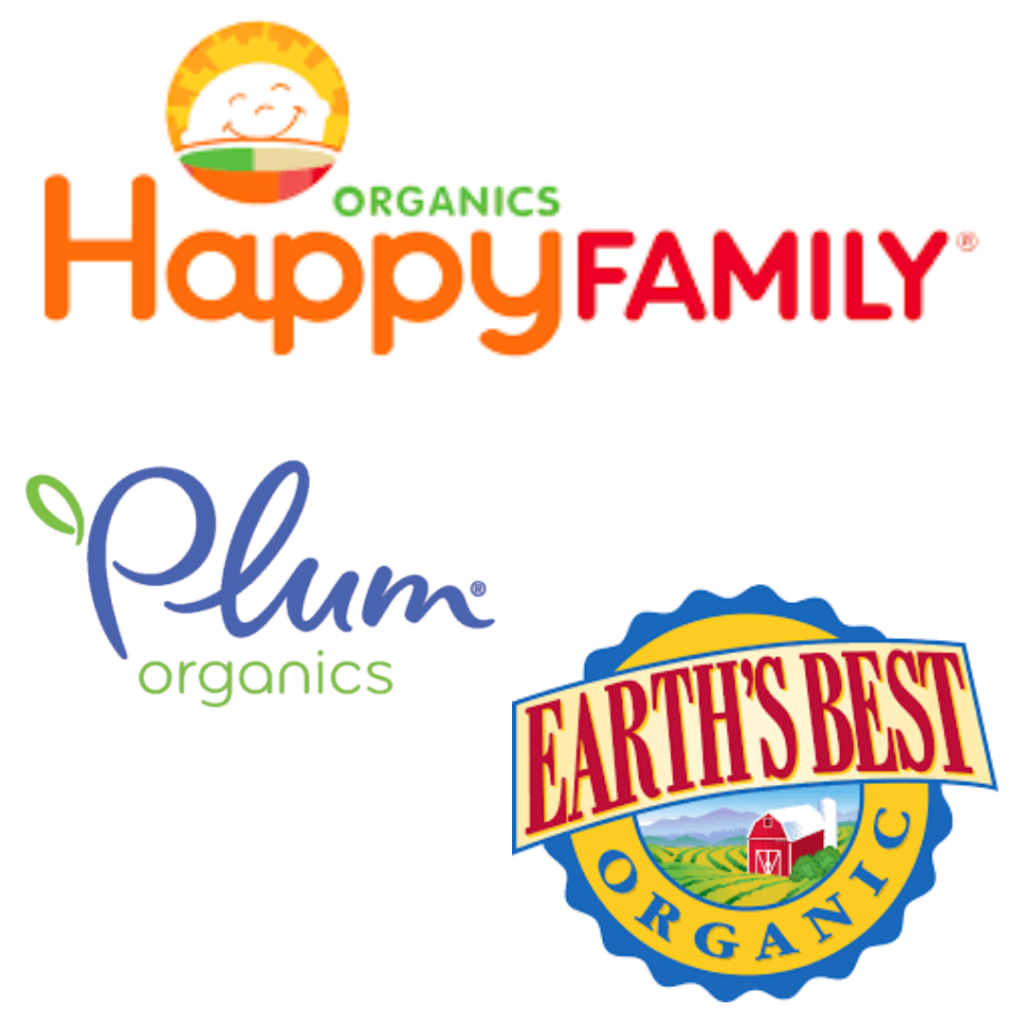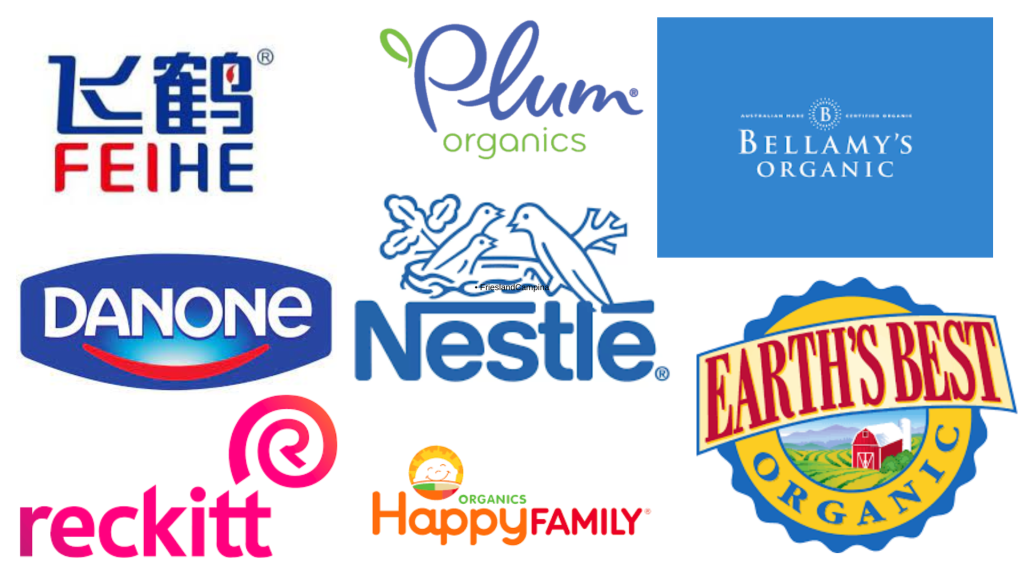From purees to pouches, the baby food market caters to the tiniest taste buds with a multi-billion-dollar appetite. But which brands reign supreme in this competitive arena? Buckle up, parents and industry enthusiasts, as we delve into the world of major baby food market players, analyzing their strengths, weaknesses, and strategies to rule the highchairs.
Market Overview: A Smorgasbord of Growth
The global baby food market is expected to reach a staggering US$155.32 billion by 2032, fueled by rising birth rates, urbanization, and working mothers seeking convenient solutions. But within this vast market, different players carve out their niches. Let’s meet the bigwigs:
Global Giants:

- Nestlé (Gerber Products Company): The undisputed heavyweight, holding over 20% market share.
Strengths: Brand heritage, diverse product range, global reach.
Weaknesses: Potential consumer concerns about large corporation.
- Danone S.A.: Strong European presence, known for organic and premium products.
Strengths: Focus on sustainability, innovation.
Weaknesses: Lower penetration in emerging markets.
- Reckitt Benckiser Group PLC (Mead Johnson Nutrition): Specializes in formula and medical nutrition.
Strengths: Expertise in specialized dietary needs.
Weaknesses: Limited presence in mainstream baby food category.
Regional Powerhouses:

- Feihe International Inc.: Dominates the Chinese market, focusing on local preferences. Strengths: Deep understanding of Chinese consumers, strong distribution network. Weaknesses: Limited presence outside China.
- FrieslandCampina: Major player in Europe and Southeast Asia, known for dairy expertise. Strengths: Strong brand recognition, focus on natural ingredients. Weaknesses: Limited presence in North America.
- Bellamy’s Organic: Championing organic and clean label products in Australia and China. Strengths: Strong brand equity in organic segment. Weaknesses: Higher price point compared to conventional brands.
Niche Contenders:

- Happy Family Organics: Caters to the health-conscious consumer with organic and non-GMO products. Strengths: Strong online presence, millennial appeal. Weaknesses: Limited distribution compared to bigger players.
- Earth’s Best Organic: Another organic player known for its commitment to sustainability. Strengths: Strong brand values, loyal customer base. Weaknesses: Limited product range compared to larger competitors.
- Plum Organics: Offers premium, freshly-prepared baby food through subscription services. Strengths: Convenience, high-quality ingredients. Weaknesses: Limited availability outside major cities.
Competitive Landscape: A Spoonful of Strategy
Each player employs distinct strategies to differentiate themselves:

- Nestlé: Leverages brand heritage, invests in R&D, and offers a wide range of products for all price points.
- Danone: Focuses on organic and premium offerings, catering to health-conscious parents.
- Reckitt Benckiser: Targets specific dietary needs with specialized formula and medical nutrition products.
- Feihe: Tailors products to Chinese preferences and leverages local partnerships.
- FrieslandCampina: Utilizes its dairy expertise and emphasizes natural ingredients.
- Bellamy’s Organic: Builds brand loyalty through organic certifications and clean label messaging.
- Happy Family Organics: Leverages strong online presence and influencer marketing to connect with millennial parents.
- Earth’s Best Organic: Focuses on brand values and sustainability initiatives to attract conscious consumers.
- Plum Organics: Offers unique subscription model and fresh ingredients for convenience-seeking parents.
Future Outlook: Highchairs Aplenty
The baby food market is predicted to witness continued growth, driven by factors like:
- Rising health and wellness awareness: Organic and clean label options will gain traction.
- Evolving consumer preferences: Convenience and personalization will be key.
- Expansion into emerging markets: Players will target new geographies with high birth rates.
The Final Bite: More Than Just Purees
The baby food market offers a diverse landscape of players, each vying for a share of hungry highchairs. By understanding their strengths, weaknesses, and strategies, we gain valuable insights into this dynamic industry. Whether you’re a parent seeking the perfect blend for your little one or an industry observer, keep an eye on these major players as they compete and innovate to nourish the next generation.



